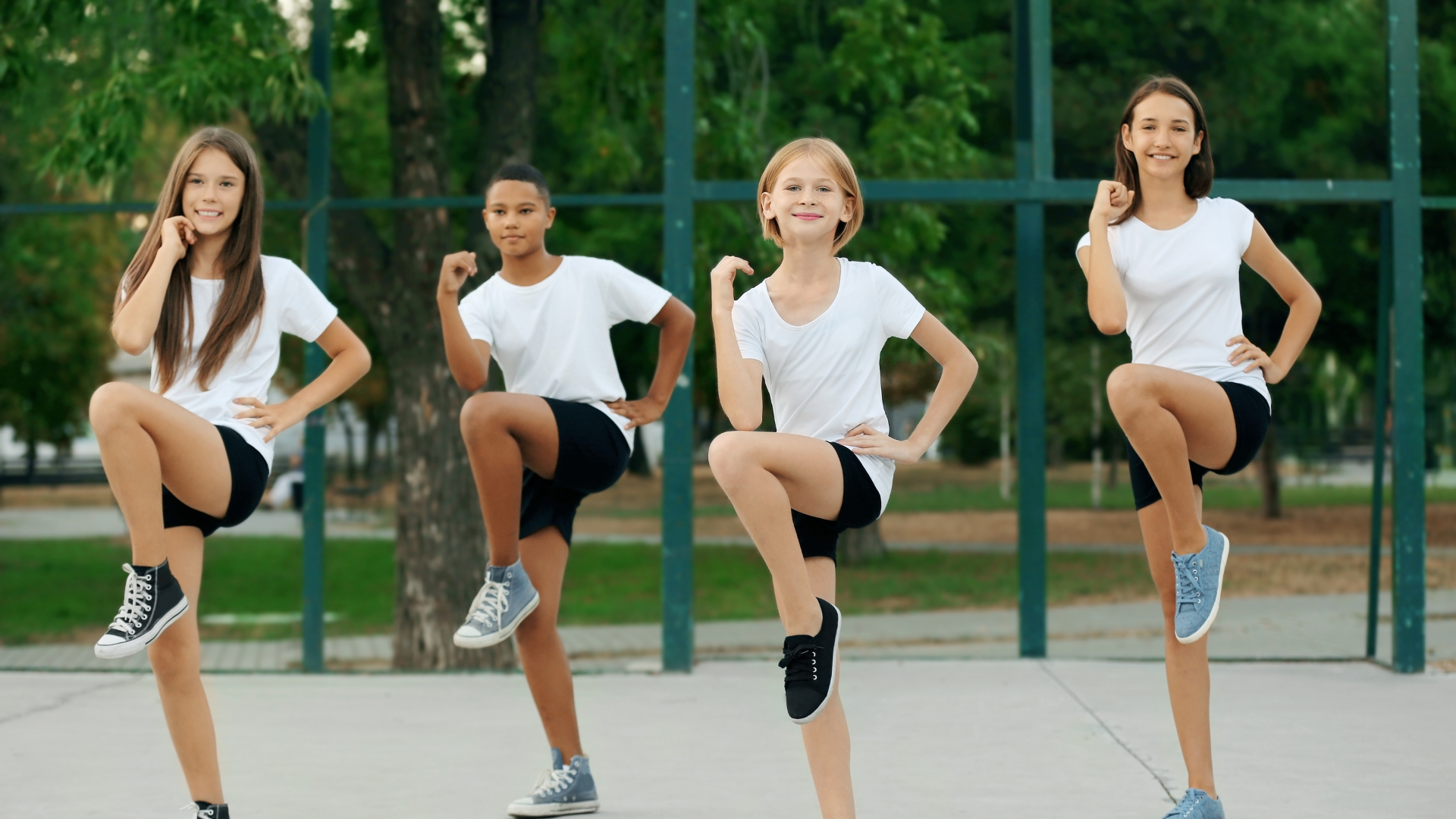Are you tired of seeing students disengage from physical fitness once they leave the confines of their PE class? Are you looking for effective strategies to promote lifelong health and wellness in your students? Look no further! In this blog post, we’ll explore innovative ways to encourage students to make exercise a part of their daily routine long after graduation.
From incorporating technology into workouts to creating a culture of healthy living, these tips will inspire and motivate your students toward a lifetime of fitness. So let’s dive in and discover how we can help our students take charge of their physical well-being!
Why is Student Fitness Important?
Student fitness is essential for several reasons. First, physically fit students are more likely to be academically successful. Studies have shown that physically active students tend to have higher grades and test scores than those who are not involved. Furthermore, student fitness is essential for the long-term health of our nation’s children. Childhood obesity rates have tripled in the past 30 years, and nearly one in three American children is now considered obese or overweight. Obese children are at increased risk for chronic conditions like type 2 diabetes, heart disease, and stroke. Finally, student fitness is important because it can help reduce school discipline problems.
Setting Goals: How to Motivate Students
When it comes to goal setting, there are a few key things to keep in mind to motivate students. First, goals should be specific, measurable, and achievable. This means that they should be clearly defined, and it should be easy to track their progress towards them. Additionally, goals should be realistic and relevant to the student’s situation. Finally, involving students in setting their purposes is essential, as this will help them buy into the process and feel more invested in achieving them.
When setting goals with students, keeping a growth mindset is also essential. This means focusing on the process rather than the outcome. For example, rather than “losing 10 pounds,” a more growth mindset-oriented goal would be “eating healthier and exercising for 30 minutes daily.” By focusing on the process, students will be more likely to see themselves as capable of achieving their goals and making lasting changes.
Encouraging A Healthy Lifestyle Through Education
Here are some specific strategies for promoting lifelong fitness in students beyond PE class:
- Teach them about the importance of physical activity and healthy eating habits from an early age.
- Encourage them to be active daily, whether through playing sports, going for a walk or bike ride, or participating in other activities they enjoy.
- Help them develop a positive body image and healthy self-esteem. This can be done through thoughtful conversations, affirming comments, and modeling healthy behavior.
- Ensure they have access to quality physical education classes and facilities. This includes ensuring adequate resources are available for all students, regardless of their ability level.
- Advocate for policies and initiatives that support physical activity and healthy eating habits in schools and communities. This could involve working with local leaders to promote walking and biking trails, bringing in guest speakers about nutrition and exercise, or organizing community events encouraging people to be active together.
The Role of Technology in Keeping Students Active
Most people know that physical activity is essential for overall health and well-being. Still, getting students active outside mandatory PE classes can sometimes take effort. However, there are several ways technology can help promote lifelong fitness in students.
One way is to track steps or other activities using apps or other devices. This can help students see how much (or how little) activity they get during the day and encourage them to be more active. There are also many games and other interactive activities that can get students moving while also being fun and educational. Another way that technology can promote lifelong fitness in students is by providing access to online resources about healthy eating and physical activity. There are many websites, articles, and even apps that offer tips on how to eat healthily and stay active.
Making Exercise Fun: Tips for Increasing Engagement
Most students view exercise as a chore, something that they have to do to stay healthy. However, it doesn’t have to be this way! Plenty of ways to make exercise fun and engaging for students of all ages. Here are a few tips:
- Get the whole class involved: Instead of having students exercise individually, get the entire class involved in group activities. This will not only make the experience more enjoyable, but it will also help students motivate and encourage each other.
- Make it competitive: Students are naturally competitive, so harness that energy by incorporating competition into your exercise activities. For example, you could race to see who can run laps around the gym the fastest or see who can jump rope for the longest period.
- Offer rewards: Everyone loves a good incentive, so reward students participating in your exercise activities. For example, give out stickers or points that can be redeemed for prizes at the end of the week.
By following these tips, you’ll be sure to engage your students in their exercises and promote lifelong fitness simultaneously!
The Benefits of a Comprehensive Student Fitness Plan
The benefits of a comprehensive approach are transparency regarding student fitness. By incorporating physical activity into the school day, providing opportunities for students to be active outside of class, and teaching them about healthy eating habits, schools can help their students develop lifelong fitness habits. A comprehensive student fitness plan can help kids become physically active adults. In addition to improving their health and well-being, physically active adults are more productive at work and less likely to experience obesity-related diseases such as heart disease, stroke, and type 2 diabetes.
A healthier society incurs lower healthcare costs and is more productive overall. Therefore, promoting student fitness is not only good for individual students but also good for society as a whole.

